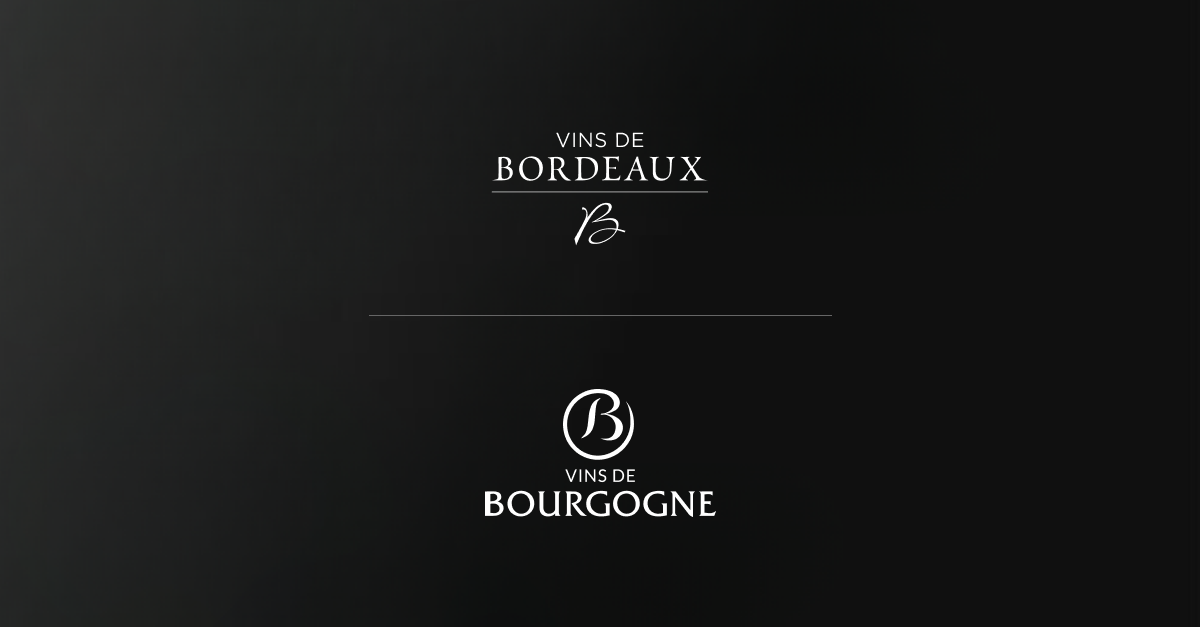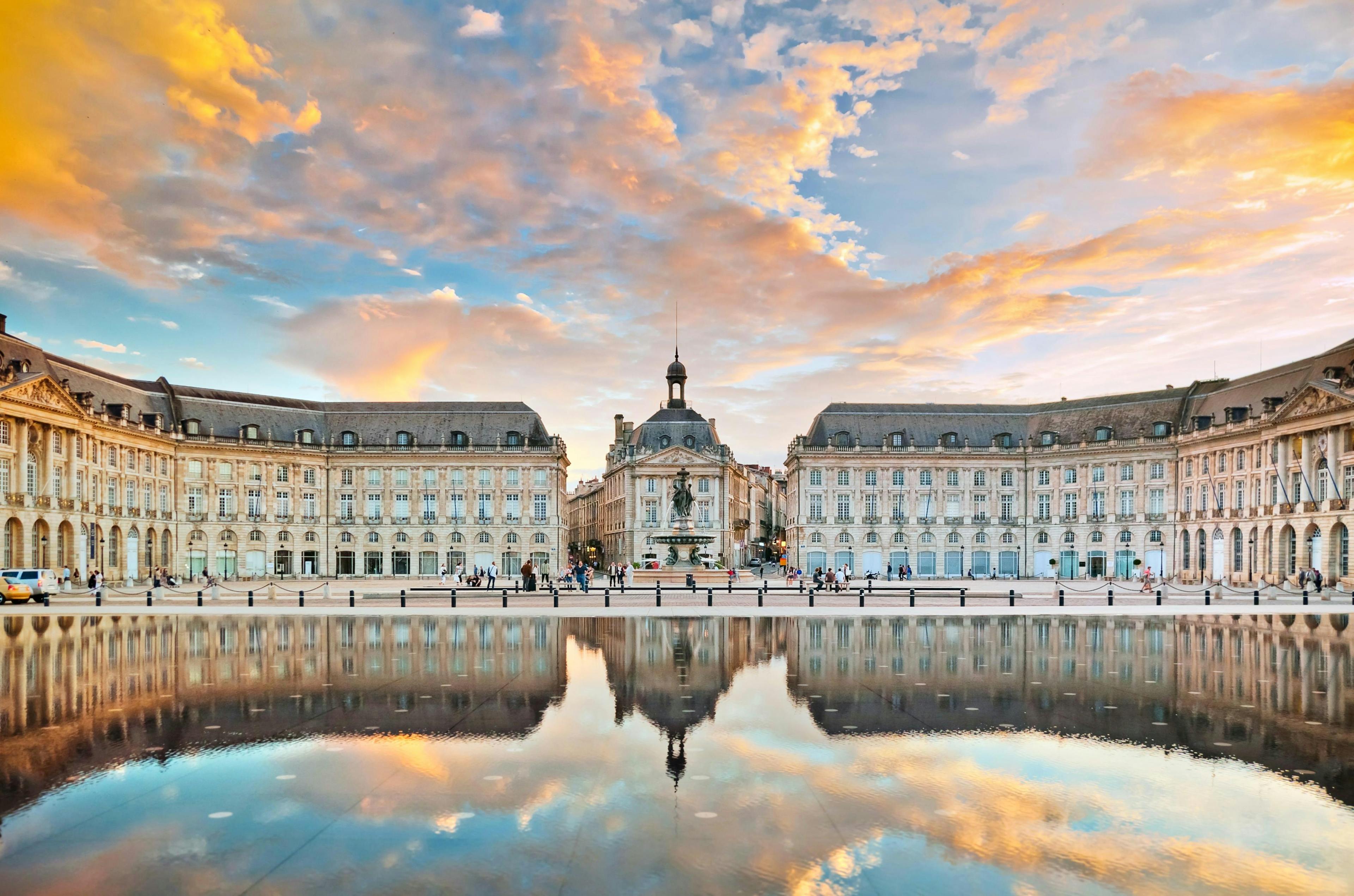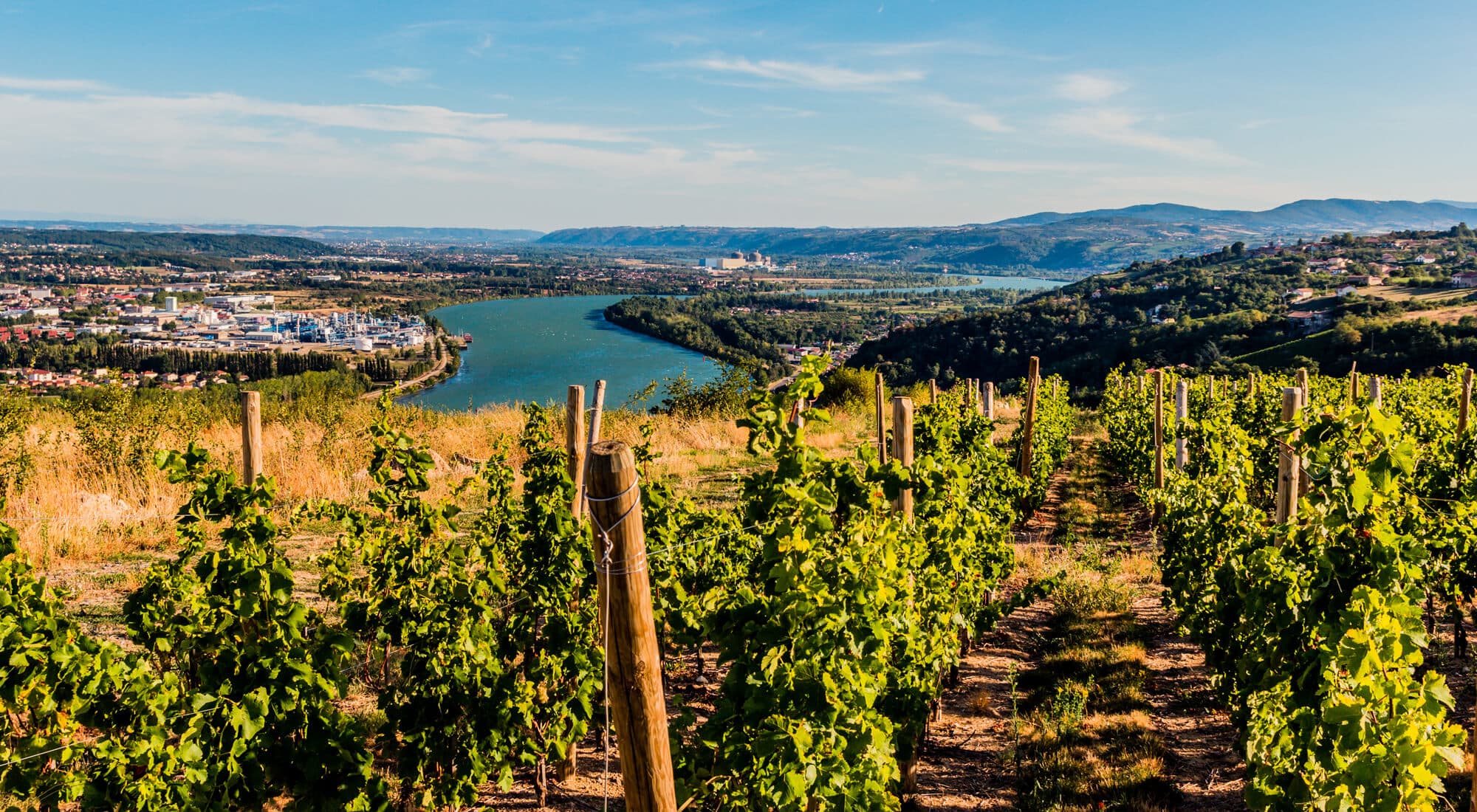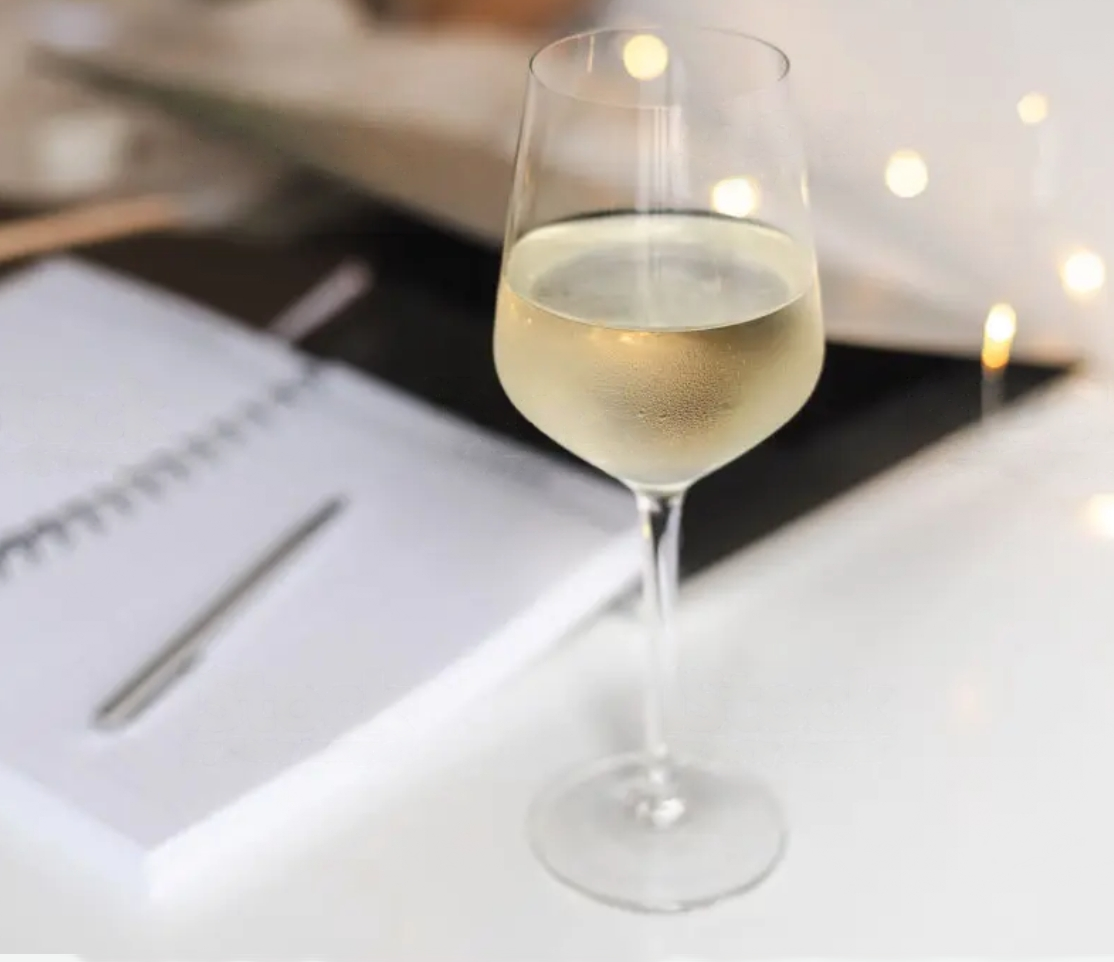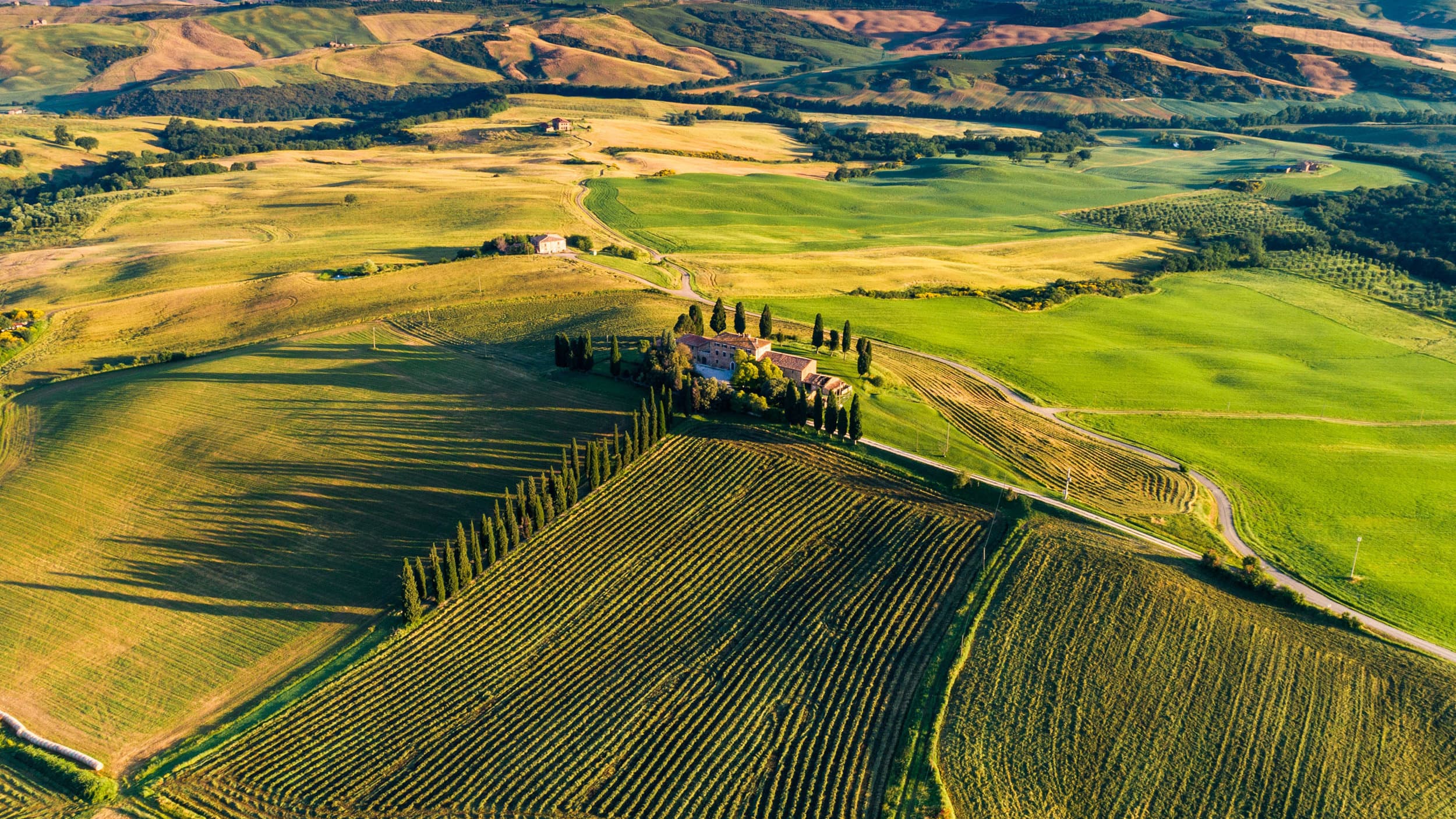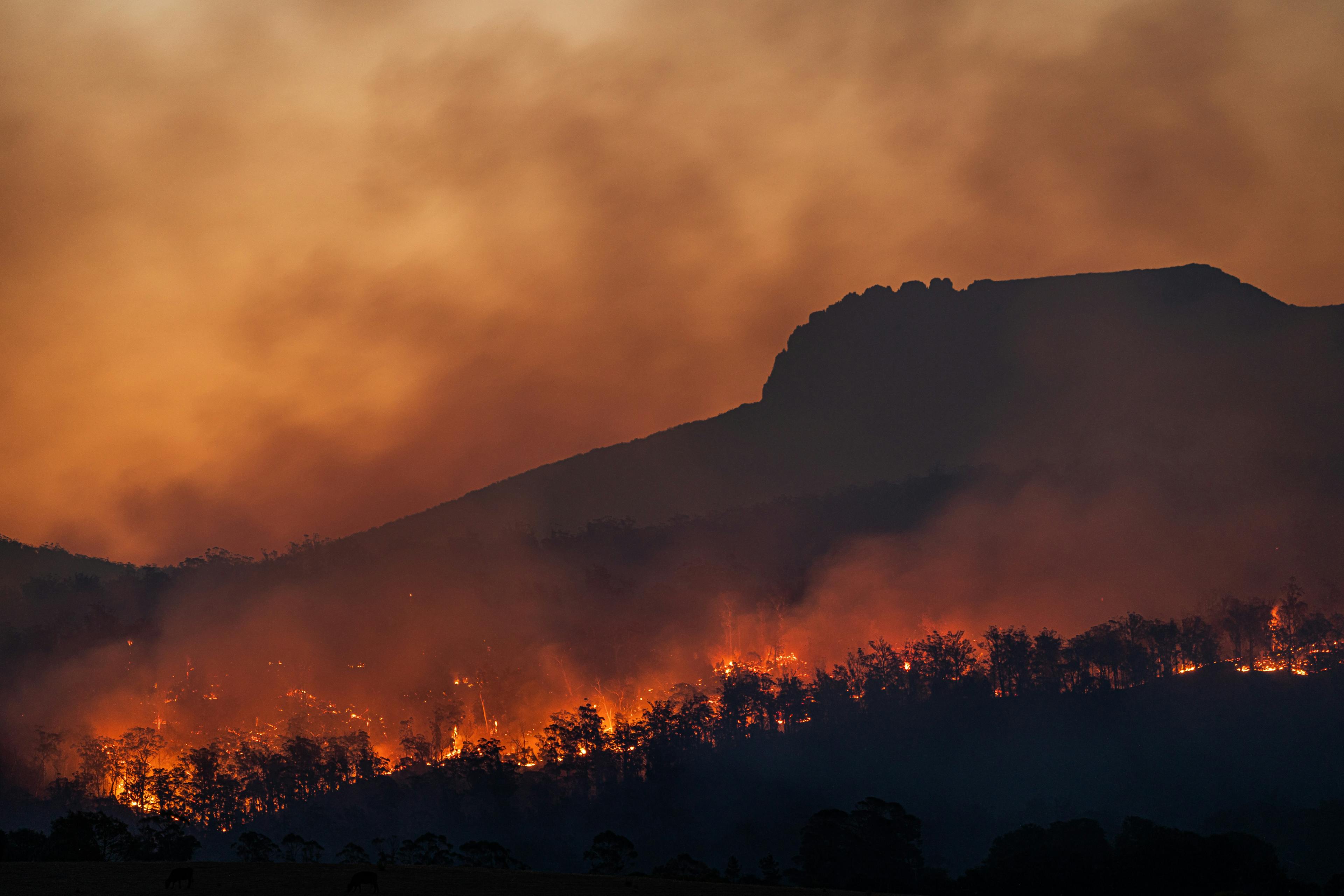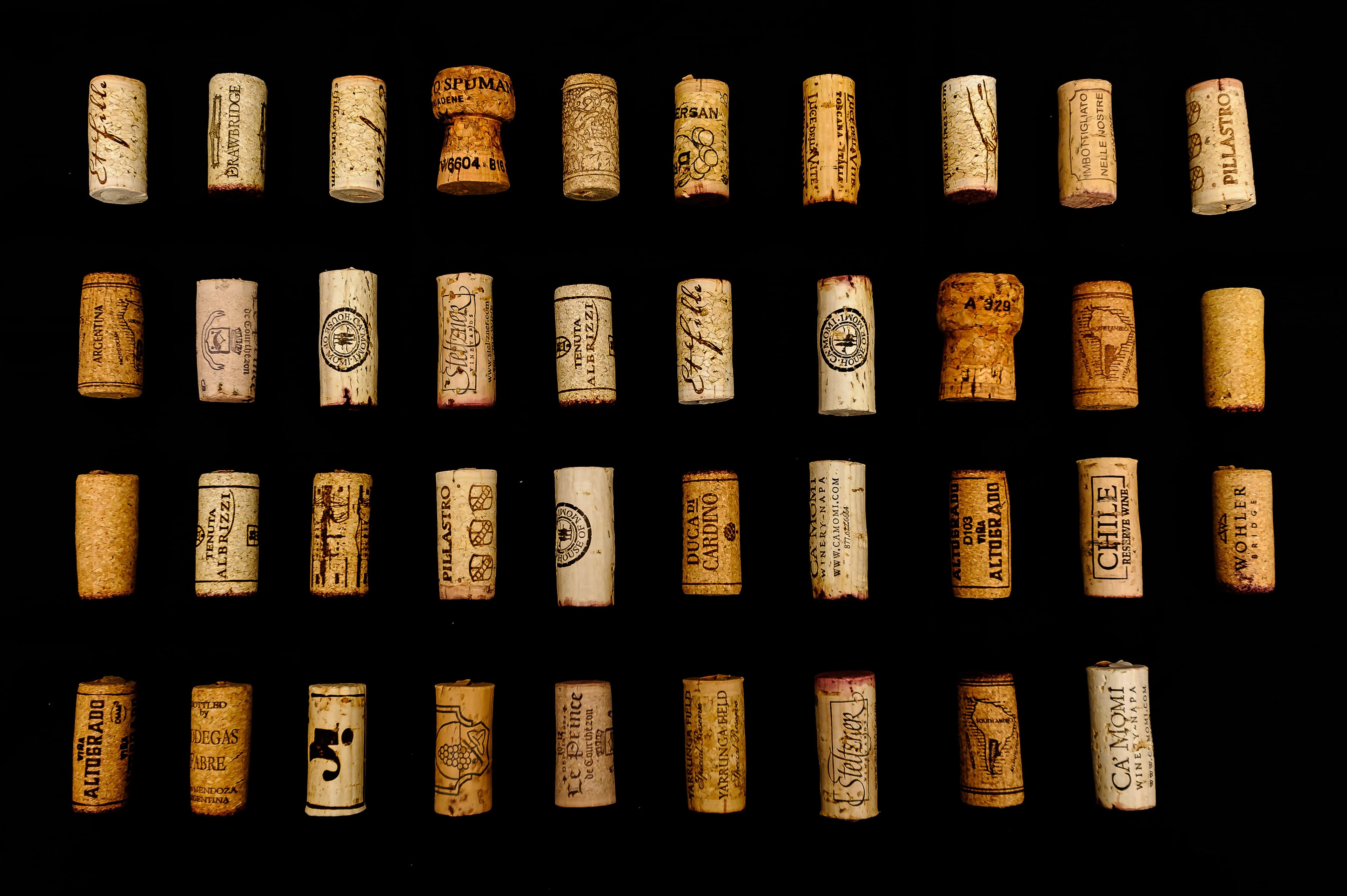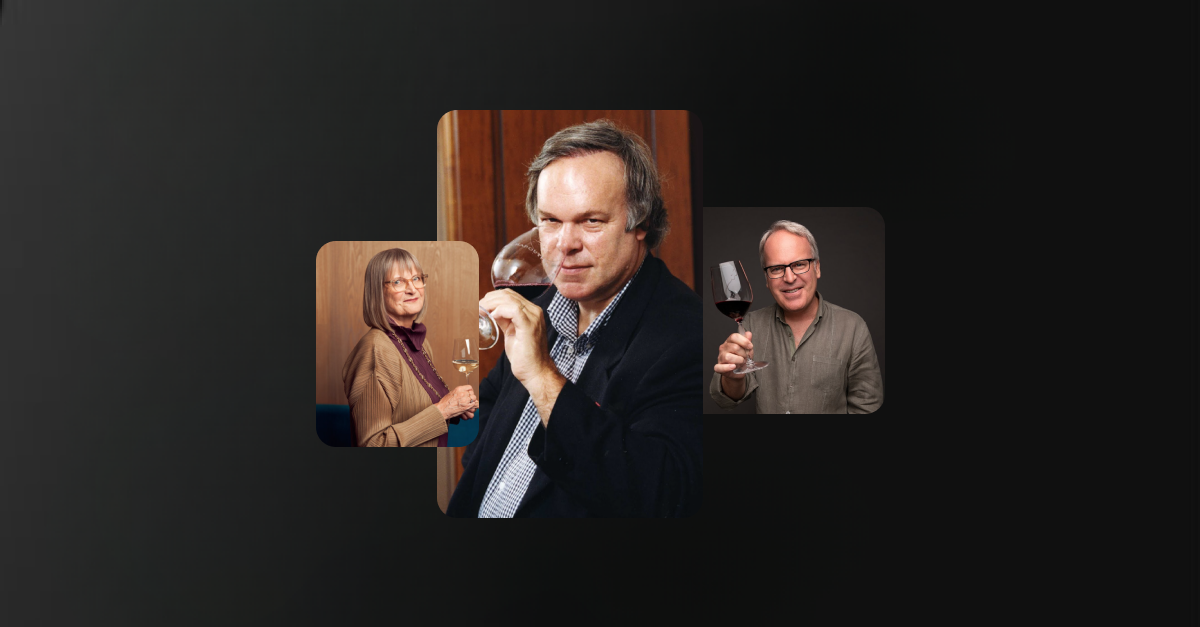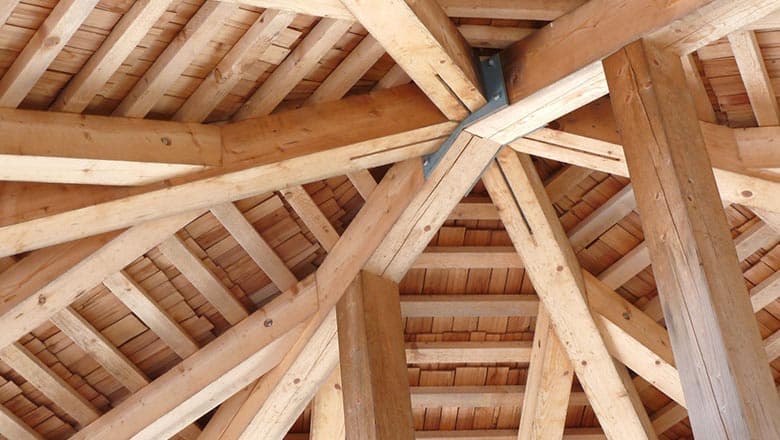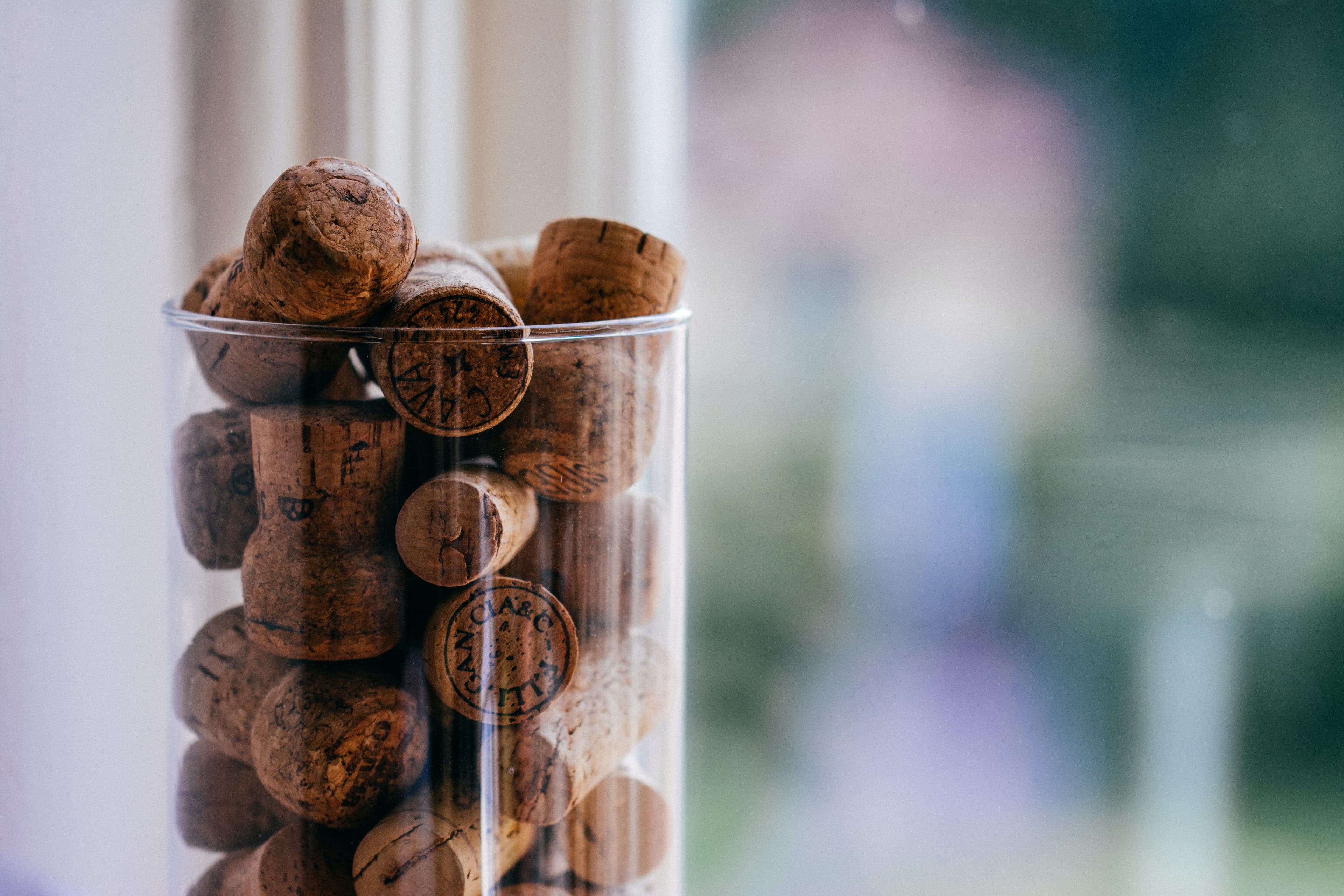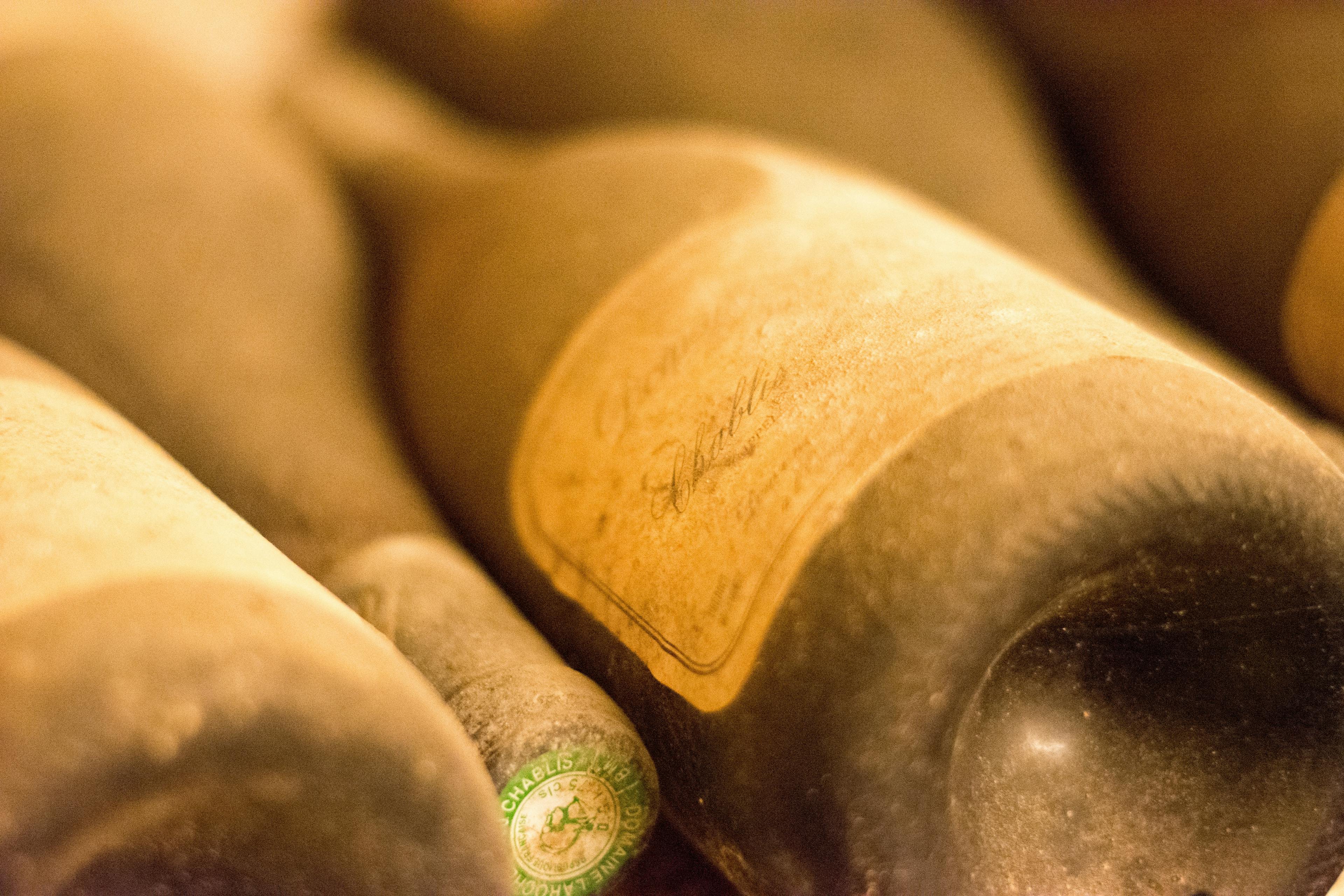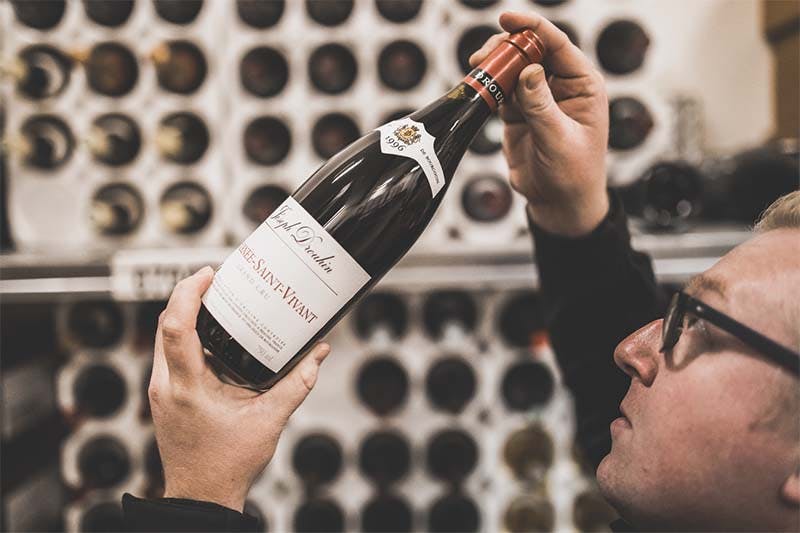What is the History Behind Chateau Climens?
12 min read
Head of Content

Exploring the storied past of Chateau Climens unveils a fascinating journey through time. Nestled in the heart of Barsac, France, this esteemed winery has been synonymous with exceptional Sauternes wine for centuries. The history of Chateau Climens is not just about winemaking; it's a tale of heritage, innovation, and the relentless pursuit of quality. From its early beginnings to its current acclaim, understanding the evolution of this iconic estate provides insight into the traditions and techniques that define the world of fine wines. Join us as we delve into the rich history and enduring legacy of Chateau Climens, exploring how it became a symbol of excellence in the wine industry.
Origins and Early History of the Estate
The estate known as Chateau Climens holds a prestigious position in the Barsac region of Bordeaux, renowned for its exceptional sweet wines. Tracing its origins back to the 16th century, the property was first mentioned in local records around 1547. It was initially owned by the Roborel family, who were instrumental in developing the vineyard's reputation for quality wine production.
Throughout the early years, Chateau Climens was recognized for its unique terroir, characterized by its perfect combination of limestone and gravelly soils. This geological makeup greatly influences the taste of its wines, imparting a distinct minerality and complexity that is highly prized.
By the 17th century, the estate had begun to establish a formidable reputation across France. Its dedication to viticulture excellence allowed it to stand out among neighboring vineyards. Notable historical figures, including the famous philosopher John Locke, mentioned the wines of Climens in their writings, further cementing its status as a producer of fine wines. This early acclaim set the stage for centuries of continued success and recognition in the global wine industry.
Ownership Changes Through the Centuries
Ownership of Chateau Climens has shifted numerous times, reflecting broader historical and economic trends. Initially established in the 16th century, the estate was owned by the Roborel family, who were instrumental in developing its reputation for fine dessert wines. By the 18th century, the property had passed through marriage to the Lur-Saluces family, notable for their management of another esteemed winery, Chateau d'Yquem.
In the 19th century, financial difficulties forced a sale, and the estate changed hands several times, each owner contributing to its legacy and vineyard practices. The 20th century brought more stability when the Lurton family, renowned vintners, acquired it in 1971. Under their stewardship, Chateau Climens saw significant advancements in wine production and sustainability.
16th Century: Established by the Roborel family.
18th Century: Ownership transferred to the Lur-Saluces family.
19th Century: Multiple changes in ownership due to financial issues.
1971: Acquired by the Lurton family.
For those interested in preserving the quality of these exquisite wines, understanding how to store Chateau Climens properly is essential.
Historical Challenges and Triumphs
Chateau Climens, known for its exceptional craftsmanship, has faced numerous challenges throughout its history, each shaping its legacy in unique ways. Initially, the estate struggled with the phylloxera epidemic in the late 19th century, a plight that devastated many vineyards across France. This adversity necessitated the adoption of grafting techniques, which not only saved the vineyard but also improved the resilience of the vines.
In the 20th century, World War II posed significant threats, with occupation forces commandeering resources and manpower. Despite these hardships, the estate managed to maintain production, a testament to the determination and skill of its workers. Post-war, Chateau Climens embarked on a journey of modernization. Introduction of new technology and refined aging processes enhanced the quality of the wine, leading to increased international recognition.
Moreover, the estate has been at the forefront of environmental sustainability, implementing organic farming practices long before they became mainstream. This commitment to eco-friendly methods has not only preserved the local ecosystem but also improved the overall quality of their wine, solidifying Chateau Climens' reputation as a leader in both innovation and traditional viticulture.
The Role of Chateau Climens in the Bordeaux Wine Market
Chateau Climens holds a prestigious position in the Bordeaux wine market, renowned for its exceptional quality and distinctive character. This esteemed estate, located in the Barsac appellation, is particularly famous for producing some of the world's finest sweet wines. The influence of Chateau Climens extends beyond its immediate geographical boundaries, impacting broader market trends and preferences within the Bordeaux region.
Historical Significance: The chateau's history contributes significantly to its market stature. Established in the 16th century, its long-standing tradition and expertise in viticulture have set benchmarks for sweet wine production.
Quality and Consistency: Over the centuries, Chateau Climens has maintained high standards of wine production, which consistently attracts wine enthusiasts and collectors, thereby influencing market dynamics.
Innovation in Viticulture: The estate has been a pioneer in adopting organic and biodynamic farming practices, enhancing the appeal of its wines and setting trends that other vineyards in the region often follow.
Awards and Recognition: Numerous accolades and high ratings from wine critics further solidify its role and reputation in the Bordeaux wine market.
For more detailed information, explore these facts about Chateau Climens and its pivotal role in shaping the wine industry.
Restoration and Preservation Efforts
The restoration and preservation efforts at Chateau Climens have been pivotal in maintaining its historical integrity and enhancing its global reputation. Recognizing the importance of preserving such a monumental site, extensive measures have been implemented to ensure the chateau remains in pristine condition. These efforts include meticulous renovations of the vineyard's infrastructure and the careful restoration of the estate's ancient buildings.
Architectural Integrity: Specialists in historical architecture were consulted to preserve the original structures while incorporating modern safety standards.
Vineyard Revitalization: Agronomists and viticulturists have worked together to revitalize the soil and introduce sustainable farming practices, ensuring the quality of the grapes remains high.
Community Engagement: The chateau has initiated outreach programs to educate the local community and visitors about the significance of this heritage site and its impact on regional culture.
These initiatives not only protect the physical and cultural heritage of Chateau Climens but also enhance the visitor experience, making it a prime destination for those interested in wine history and food pairings. Through these efforts, Chateau Climens continues to be a symbol of resilience and dedication to heritage in the wine industry.
Notable Historical Figures Associated with Chateau Climens
Chateau Climens, a prestigious name in the world of fine wines, has been associated with several notable historical figures who have contributed to its legacy. One prominent figure is Henri le Bon, who acquired the estate in the early 16th century. His passion for viticulture significantly influenced the vineyard's early development, setting a high standard for quality that continues today.
Another key figure was King Louis XVIII of France, known for his exquisite taste in wine. He reportedly favored the sweet wines from this region, which helped elevate the chateau's reputation during his reign. This royal endorsement not only boosted the estate's profile but also increased demand among Europe's elite.
In the 19th century, the Lurton family took ownership, with Bertrand Lurton currently at the helm. Under their stewardship, Chateau Climens has embraced biodynamic farming practices, further enhancing the quality and distinctiveness of their wines. Their commitment ensures that wine enthusiasts continue enjoying Chateau Climens in its purest form.
Henri le Bon's influence on viticulture
King Louis XVIII's preference boosting demand
The Lurton family's adoption of biodynamic practices
Evolution of Winemaking Techniques at the Estate
The evolution of winemaking techniques at Chateau Climens reflects a rich history of innovation and tradition. Initially, the estate utilized traditional methods prevalent in the Bordeaux region, which emphasized manual harvesting and fermentation in oak barrels. Over time, these practices evolved to incorporate more modern approaches, aiming to enhance the quality and distinctiveness of their wines.
Introduction of Temperature Control: By the late 20th century, Chateau Climens had integrated temperature-controlled fermentation tanks. This technology allowed for more precise management of the fermentation process, ensuring consistent quality year after year.
Organic Viticulture: In the early 2000s, the estate shifted towards organic farming practices. This transition not only aligned with global trends towards sustainability but also improved the overall health of the vineyard and the complexity of the grapes.
Biodynamic Practices: More recently, Chateau Climens adopted biodynamic agriculture techniques. These practices consider the vineyard as an ecosystem and use natural materials, soils, and composts to nurture the vines, further enhancing the characteristics of their unique terroir.
Innovative Aging Processes: Experimentation with different barrel types has also been pivotal. The estate now uses a mix of new and old French oak barrels to achieve the desired balance of oak flavors and structural tannins in the wine.
Each step in the evolution of these techniques has contributed to the high standards and unique profile of Chateau Climens wines, making it a standout estate in Bordeaux.
Archival Records and Their Stories
Archival records from Chateau Climens reveal a rich tapestry of historical narratives that illuminate the estate's past. These documents, some dating back several centuries, provide insights into the vineyard's development and the meticulous care in viticulture. They highlight the evolution of wine-making techniques and the adaptation to various climatic challenges over the years.
Ownership Transitions: The archives detail the lineage of owners who have shaped the estate, from local nobility to influential wine merchants. Each proprietor brought their unique vision and expertise, significantly impacting the vineyard's cultivation practices and the quality of the wine produced.
Agricultural Practices: Manuscripts from the 18th century discuss the introduction of innovative farming techniques and crop rotation systems that helped sustain the soil's fertility and improve grape quality.
Economic Impact: Economic records within the archives illustrate the financial fluctuations and market demands that influenced wine production volumes and strategies at Chateau Climens.
These documents not only serve as a window into the past but also continue to guide the current management practices, ensuring the legacy of quality and excellence is maintained.
The Estate During Major Historical Events
The estate of Chateau Climens has witnessed numerous significant historical events, each leaving its mark on the vineyard and the quality of its wine. During the Hundred Years' War, the region was a strategic location, and the estate often found itself caught between warring factions. This tumultuous period influenced agricultural practices and the resilience of local grape varieties.
In the 18th century, as the Enlightenment swept through Europe, Chateau Climens experienced a period of significant agricultural innovation. New techniques in viticulture were introduced, enhancing the quality of the popular vintages produced during this era. These advancements set the stage for what would become the estate's golden age in wine production.
The French Revolution brought about another challenging period for Chateau Climens. The estate was temporarily seized and nationalized, disrupting wine production. However, it was eventually returned to its rightful owners who restored its former glory.
World War II Impact: The estate managed to continue wine production, albeit on a smaller scale, demonstrating resilience amidst adversity.
Modern Innovations: In recent decades, Chateau Climens has embraced modern wine-making technologies while maintaining its historical charm and techniques.
How History Influences Current Practices
The rich history of Chateau Climens significantly influences its current viticultural and winemaking practices. Established in the 16th century in the Barsac region of Bordeaux, France, this esteemed winery has developed a deep understanding of the local terroir. This knowledge is crucial in cultivating the Sémillon grape, predominant in their vineyards, which is particularly suited to the microclimate of Barsac. Historical practices, such as the method of harvesting grapes affected by noble rot, continue to define the winery's approach, enhancing the unique character of their sweet wines.
Sustainable Viticulture: Embracing historical land management techniques, Chateau Climens integrates organic farming practices that were once traditional in the region. This includes avoiding synthetic pesticides and fertilizers, which aligns with ancient methods for maintaining soil health and vine balance.
Barrel Aging: The tradition of aging wine in oak barrels, a method that has been refined over centuries at Chateau Climens, contributes to the complexity and taste profile of their wines. Each barrel is selected based on historical preferences and current wine characteristics, ensuring a continuity of style and quality.
These practices, rooted in history, not only preserve the heritage of Chateau Climens but also enhance their reputation in the modern wine market, demonstrating a perfect blend of past and present techniques.
Conclusion
In conclusion, the rich history of Château Climens is not just a testament to its past but also a beacon for its future. As we've explored, from its origins in the 16th century to its current status under Bérénice Lurton, Château Climens has consistently produced wines that are a reflection of its unique terroir and meticulous winemaking practices. This storied estate, with its dedication to biodynamic principles, continues to influence the Sauternes appellation, setting standards for quality and sustainability.
For wine enthusiasts and collectors, understanding the heritage of Château Climens enhances the appreciation of each bottle. At Rekolt, we recognize the importance of provenance and storage in maintaining the integrity and value of fine wines like those from Château Climens. Our professional cellar services ensure that these exquisite wines are stored under optimal conditions, preserving their quality while allowing them to mature gracefully. This not only helps in maintaining the wine's value but also in understanding its historical context, which is crucial for any serious collector or investor looking to resell or trade.
Whether you are looking to expand your collection, invest in fine wines, or simply enjoy a piece of wine history, Château Climens offers an exceptional choice. With Rekolt, you can rest assured that your investment is stored meticulously, ready for future enjoyment or profitable trading, all while being steeped in the rich tapestry of its historical legacy.
Share this article
